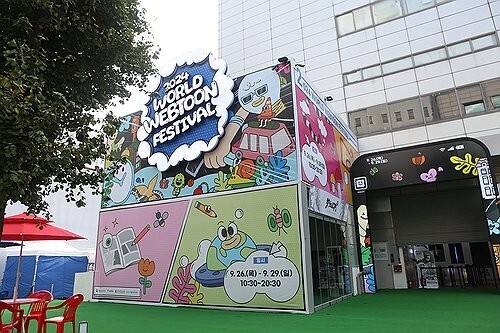* Editor's Note: According to the Korea Foundation's 2024 report, there are nearly 225 million Hallyu (Korean Wave) fans worldwide. With the advent of the "Digital Silk Road," transcending time and space, we are entering the era of "Hallyu 4.0." To help readers gain a fresh perspective on Korean culture and K-culture, the Yonhap News K-Culture Team has prepared a series of expert columns.
Shin Jong-geun's 'K-Liqueur' Story: Wheat Makgeolli and Wheat Soju
Contributed by Shin Jong-geun, exhibition planner and columnist (author of "Art and Liquor")
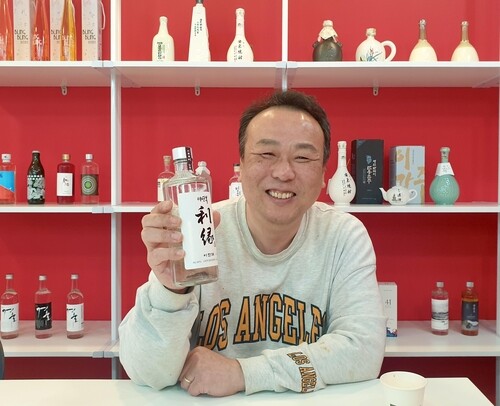
Gwahaju (過夏酒) literally means "a wine that can last through the summer." Interestingly, the one enduring the summer is not the person drinking it, but the wine itself.
Most traditional Korean alcoholic beverages, such as makgeolli, yakju, and cheongju, are fermented drinks that spoil easily in the summer. In response to this challenge, our ancestors developed gwahaju after much thought and experimentation.
 |
| ▲ Gimcheon gwahaju, screenshot from the official website. (PHOTO NOT FOR SALE) (Yonhap) |
Gwahaju is made by adding a high-proof distilled liquor (soju) to a base of yakju (cheongju) to help it withstand the summer heat. This process is known as "fortification."
By increasing the alcohol content, the activity of yeast, which can alter the taste of the drink, is halted. This prevents further fermentation and stops the beverage from spoiling.
A similar fortification process was used in the West for the same purpose. During the Middle Ages, the English had a deep love for wine. However, after losing the Hundred Years’ War, they were cut off from Bordeaux, a major French wine-producing region, and could no longer import wine from France as easily.
As an alternative, British wine merchants turned to the Douro River region in northern Portugal for wine supplies. However, the rough sea routes and intense heat during transport often caused the wine to spoil before reaching England.
To solve this problem, they discovered that adding brandy to the wine stopped fermentation and prevented spoilage. This fortified wine became known as port wine.
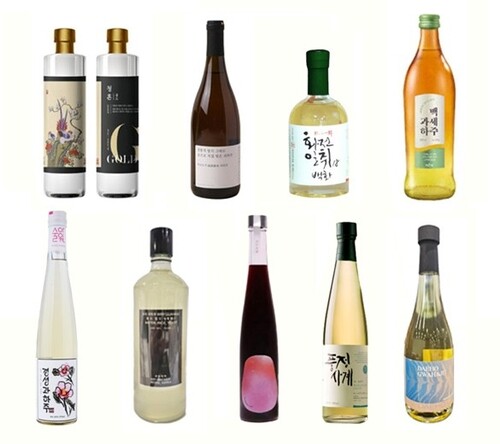 |
| ▲ Domestically produced gwahaju, screenshot from each brewer's website: (Top, from L) Cheonghon Gold, Boksondoga gwahaju, Hwajeonilchwi Baekhwa, Baekseju Gwahak (Bottom) Gyeongseong gwahaju, Woori gwahaju, Majuhyanghae, Pungjeong Sagye Ha, Daeho gwahaju. (PHOTO NOT FOR SALE) (Yonhap) |
Although the methods differed, both port wine and gwahaju share a common goal: protecting wine from spoilage in hot weather.
In Korea, gwahaju is believed to have originated in the early Joseon Dynasty, though it likely existed even earlier, during the Goryeo period.
During the Goryeo era, gwahaju was considered a luxurious and ostentatious beverage, used as a status symbol to demonstrate hospitality and respect for guests. It was primarily consumed in royal courts and among the upper class at banquets, often serving as a special drink for entertaining esteemed guests and fostering camaraderie among scholars.
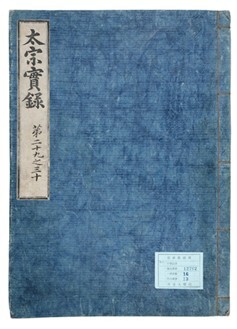 |
| ▲ Annals of King Taejong: screenshot from the Academy of Korean Studies website. (PHOTO NOT FOR SALE) (Yonhap) |
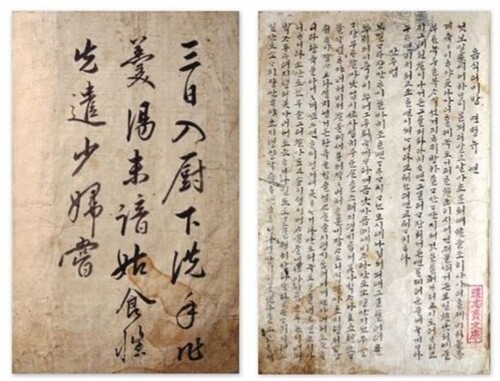 |
| ▲ Eumsik Dimibang, screenshot from the Academy of Korean Studies website. (PHOTO NOT FOR SALE) (Yonhap) |
This exclusivity made sense, as both cheongju and soju were rare and precious at the time.
According to the Annals of King Taejong, in 1418, King Taejong debated with his officials whether to move the capital from Kaesong to Hanyang before or after summer. Some officials argued for delaying the relocation until after summer because they feared they wouldn't be able to make gwahaju during the move.
In response, Taejong reassured them that gwahaju could also be brewed in Hanyang, eliminating their concern. As a result, the capital was relocated before summer. This anecdote illustrates just how much our ancestors cherished gwahaju.
Gwahaju is also mentioned in Admiral Yi Sun-sin’s "Nanjung Ilgi (The War Diary of Yi Sun-sin)." The diary records three types of alcohol: gwahaju, churoju (秋露酒), and soju (燒酒). Among them, gwahaju appears over 90 times, showing that both Admiral Yi and his soldiers enjoyed drinking it.
In 1544, the historical document Gyaemiseo mentioned gwahaju, but it did not include any references to adding soju in its recipes. The first recorded mention of mixing soju with yakju appeared in the early 1600s in Juchanbang.
Later, in 1670, the Korean cookbook Eumsik Dimibang provided a detailed method for making gwahaju.
Some claim that gwahaju predates Western fortified wine, such as port, by about 100 years in historical records. However, there are arguments that port wine was developed earlier than its first documented mention.
Rather than focusing on who was first, the key takeaway is that our ancestors were highly interested in fortifying alcohol at an early stage.
In Korea, the most famous gwahaju comes from Gimcheon. The name comes from "Gwahacheon," a spring located west of Jigae Village in Namsan-dong, Gimcheon, which was known for producing alcohol that did not spoil easily in summer.
According to legend, during the Imjin War, Chinese general Li Rusong (李如松) drank from this spring and praised it for tasting similar to the water of Gwahajucheon in Jinling (modern-day Nanjing), his hometown. This is said to be the origin of the name "Gwahacheon."
At the time, there were two types of gwahaju. The first, yakju gwahaju, was filtered immediately after fermentation, while the second type was made by adding soju to the remaining rice lees and filtering it again. This brewing method differs from the modern gwahaju-making process.
Yakju gwahaju had an alcohol content of 16%, while the soju-infused version contained 23% alcohol.
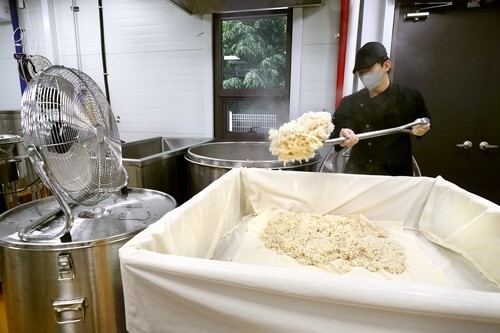 |
| ▲ The gwahaju brewing process (Yeoju Soolawon). Cooling glutinous rice and kneading it with nuruk is the most labor-intensive step in making gwahaju.(Yonhap) |
During the Japanese colonial era, many traditional Korean liquors disappeared, but Gimcheon gwahaju managed to preserve its traditional brewing methods. Even the Japanese showed great interest in it.
The 1935 book Joseon Brewery Records documented the Gimcheon Brewing Company, which was established in 1928, and its gwahaju production. Similarly, the 1938 book Brewing Handbook detailed the production methods of gwahaju.
However, in the 1940s, rice confiscation policies by the Japanese authorities led to the eventual discontinuation of its production.
After being forgotten for decades, Gimcheon gwahaju was fully restored in 1986 through the efforts of Song Jae-seong, a former head of the Gimcheon Cultural Center and a dentist by profession. He worked alongside Jo Moo-seong, who had previously worked at Gimcheon Brewery, enduring numerous trials and errors in the restoration process.
As a result, gwahaju was designated as Gyeongsangbuk-do Intangible Cultural Heritage No. 11 in 1987. In 1991, Song obtained a production license and began brewing gwahaju with his son, Song Kang-ho. After Song Jae-seong’s passing, his son continued the tradition and was recognized in 1988 as a Master of Traditional Food (No. 17).
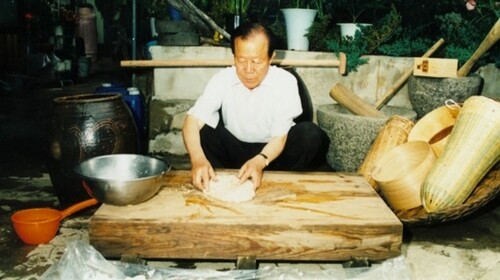 |
| ▲ Song Jae-seong, who restored Gimcheon gwahaju, screenshot from the Encyclopedia of Korean Culture. (PHOTO NOT FOR SALE) (Yonhap) |
Today, many other breweries have begun producing gwahaju using modern techniques, ensuring the legacy of this traditional drink continues.
Despite its long history and the wisdom of our ancestors embedded in it, gwahaju remains relatively unknown in modern times. To address this, the Korean Traditional Liquor Research Institute established the "Korean Gwahaju Promotion Committee" in May of last year.
The committee, led by Kang Jin-hee, the head of Soolawon Brewery, plans to promote gwahaju through marketing, tasting events, consumer education, and research on its future development.
Preserving tradition while embracing innovation reflects the timeless philosophy of "on go ji sin" — learning from the past to create something new. As the Korean equivalent of port wine, gwahaju is a cultural treasure that deserves to be safeguarded and celebrated.
 |
| ▲ A photo of the Korean Gwahaju Promotion Committee, provided by the Korean Traditional Liquor Research Institute. (PHOTO NOT FOR SALE) (Yonhap) |
(C) Yonhap News Agency. All Rights Reserved


















![[풀영상] 2025 MBC 방송연예대상 레드카펫|유재석·전현무·기안84·김연경·세븐틴 부승관·박지현·제베원(ZB1) 규빈·투어스(TWS) 도훈·주우재·하하 외](/news/data/20251229/p179586605817354_616_h.jpg)












